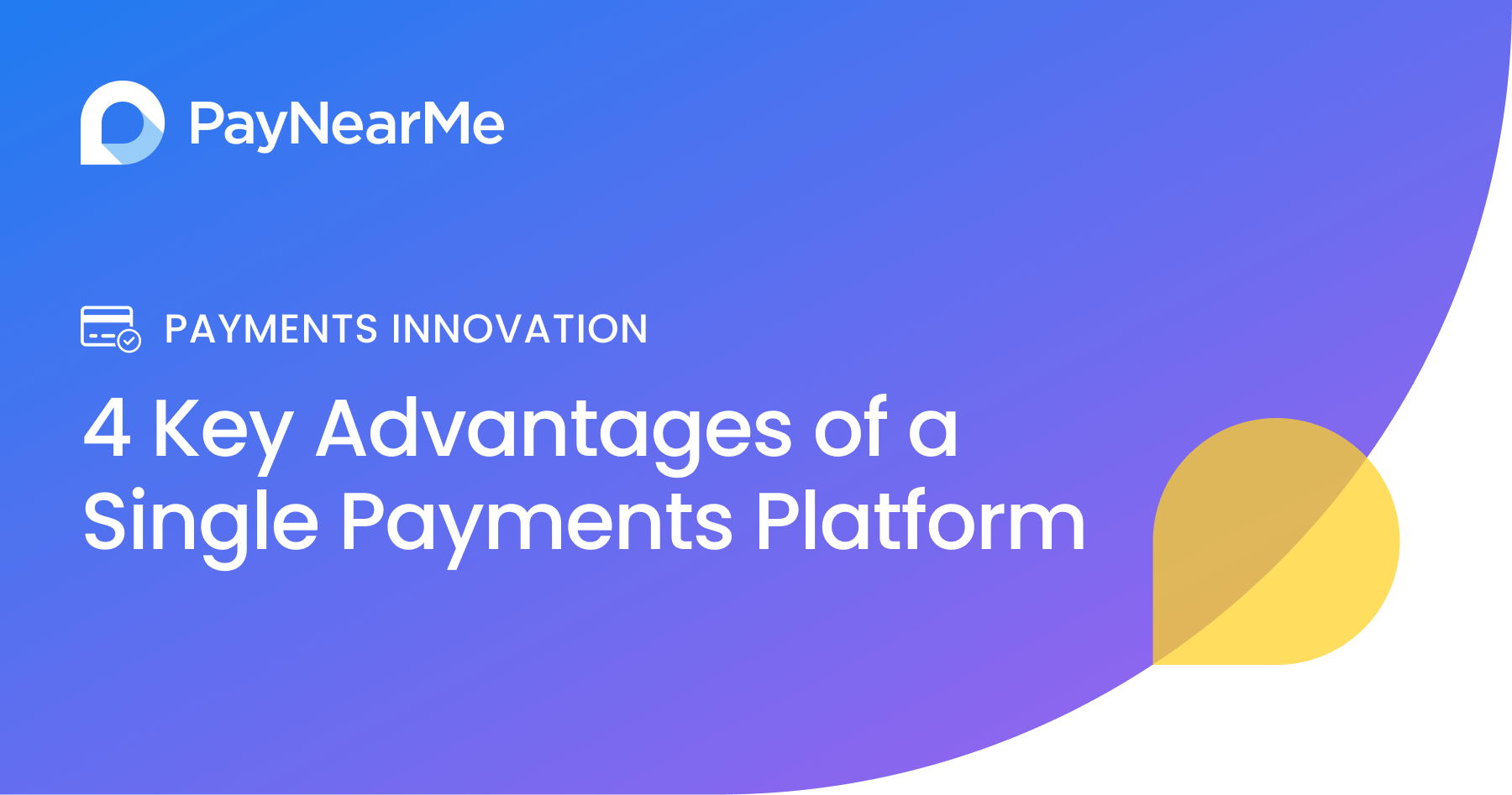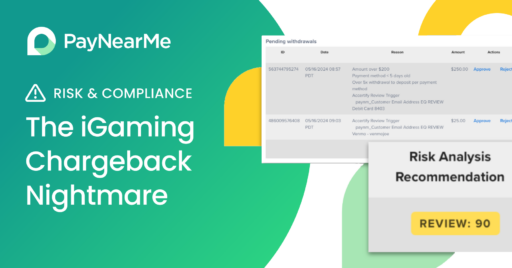4 Key Advantages of a Single Payments Platform

Payment options are rapidly evolving for many consumer experiences. Unfortunately, bill pay lags behind this evolution. As lenders and billers try to catch up to offer more modern options, they often end up with a patchwork of payment platforms that is complicated and costly to manage.
The ad-hoc approach may make sense in the immediate, but it’s not scalable and may create critical gaps that impact an organization’s ability to grow cost-efficiently and compete in a crowded market.
How can billers and lenders avoid the pitfalls?
Integrating many payment types onto a single, unified payments platform is key. Why? Because streamlining and centralizing the payments tech stack can deliver significant advantages. Let’s explore a few of them.
1. Improve on-time payments with faster access to new payment types
Giving customers more flexible options is a biller’s best chance to get paid. That starts with offering more payment methods, in particular, digital wallets like PayPal, Venmo and Apple Pay. In fact, our 2024 consumer loan payment survey found that nearly 60% of survey respondents would be very likely or likely to pay loans with a digital wallet, a big leap up from 37% since our 2021 research.
Cobbling together payment options using multiple platforms can make it harder to expand with new payment types and channels. Legacy systems may have compatibility issues and interfaces vary across providers, all of which can create friction in the customer experience. And that can lead to delayed or missed payments.
In our research with lending executives, a third (34%) agreed that a single payments platform is necessary for quality customer experience. Yet many financial institutions are still struggling with a jumble of systems that increase complexity and potential points of failure.
A modern, integrated payment platform is built for agility and can easily adopt the latest payment methods. It may also provide the flexibility to personalize options based on customer preferences, giving billers a competitive advantage. 69% of consumers we surveyed consider it very important or important to have a tailored experience. Streamlining into a single, innovative platform empowers companies to more quickly optimize bill payment to help increase on-time payments and repeat business, while reducing exceptions.
Making your bill the easiest to pay is essential to help increase on-time payments and help reduce exceptions.
2. Harness the value of payments data
Understandably, billers may focus mainly on getting paid and generating new business. Yet both of those agendas can be dramatically enhanced when the organization has access to data-driven insights. Payment activity and customer engagement can provide a wealth of data, but all too often, companies are unable to make the most of it—especially if they’re using multiple payment platforms.
When data is funneled through a number of disparate systems, it requires extra work to aggregate it, remove duplicates and ‘clean’ the data so it can be analyzed and put into visualizations that the business can understand. Typically, it also means having to generate multiple reports from different systems that have to be manually consolidated into one report in order to be useful for decision making.
The net effect is that data becomes a time-consuming, cumbersome process that gets deprioritized, and the organization may be missing out on valuable insights. Innovative fintech platforms are designed to optimize data management and unlock business value from data.
Billers and lenders can capture insights from across multiple diverse data sources to better understand consumer behaviors, preferences, pain points and purchase drivers. Along with benchmarking performance, analytics can enable companies to make better decisions to improve personalized engagement, collections and acquisition via targeted marketing.
3. Reduce risk of data breaches and system outages
Whenever you have multiple, disconnected payment systems rather than a fully integrated one, it adds risk. It’s simply harder to apply comprehensive oversight to ensure every disparate platform is airtight against a cyber attack. Using multiple payment platforms also makes it more challenging to ensure all privacy and data handling regulations are thoroughly addressed.
Another potential risk of a non-integrated payment system is service disruption. If one channel goes down, it may block or fail customer payments, and it may be hard to re-route payers to another option. It’s imperative for billers to always have a ‘Plan B’ that can kick in immediately to ensure ongoing service, but that gets tougher with a patchwork of systems.
The right payments platform can solve this headache with innovative technology for redundant card processing to maintain uptime and provide higher acceptance rates. For example, the PayNearMe platform uses Smart Switch™, a first-to-market technology, that protects businesses by streamlining management of multiple merchant payment processors, reducing potential downtime from hours to seconds. To learn more about Smart Switch, see our blog.
4. Plug into the power of AI
AI is poised to revolutionize bill payment by enabling hyper-personalized, automated experiences. For instance, a customer waiting on hold to pay by phone could first connect with an AI-assisted virtual agent that can send a custom link for their account to pay via self-service in a few clicks. However, when organizations use multiple payment platforms, AI advancements are farther out of reach.
AI and machine learning models rely on high-quality data sets, which are hard to produce when data must be pulled from disparate systems rather than funneled into a single data warehouse. An integrated fintech platform like PayNearMe solves for this.
Organizations that lack data science capabilities can make leaps forward, faster. Along with enabling a frictionless and personalized self-service payment experience, PayNearMe helps companies leverage AI to uncover data-driven insights for making better decisions that drive bottom-line improvements.
Explore the advantages with PayNearMe
Reducing costs and complexity can help billers and lenders run a more profitable business. The PayNearMe platform makes it possible, helping solve some of the biggest bill pay challenges from increasing acceptance rates to reducing manual work and exceptions.
Let’s talk about making a powerful difference for your business. Contact us to learn more or request a demo.



